“Can’t we just play?” My children would often ask me this question when they were younger. It was one of the most recurring questions in our house when my girls grew up. They did not consider what needed to be prepared for dinner and they did not ask if I were tired after a long day at work. They just wanted to play, sometimes by themselves, with their dad or with me.
As a believer of the importance of raising balanced, resilient and healthy children, it is close at heart to spread the message of play’s potential, which is why I wrote a book on the subject soon to be published: Play The Danish Way – A Guide to Raise Balanced, Resilient and Healthy Children through Play. Parents from all over the world focus on education and unfortunately play is not conventionally seen as contributing to learning, but there is no place on earth where kids do not play. My new book addresses why play is so valuable and why free unstructured play should be acknowledged as a natural ingredient in every child’s life.
I believe in adopting free unstructured play, within an appropriate framework. I have learned that playing and moving are essential for developing whole and happy children. This statement is backed by a lot of scientists, who have studied animals’ play for years, trying to work out plays’ evolutionary purpose.
What scientists have discovered is that play is a way to learn to cope with stress. Hanging from bars, play fighting, chasing each other, and learning how to negotiate are all things that occur in play. Children practice putting themselves into fight or flight and stressful situations to see how much they can handle and how far they want to go with it. Children are not constantly striving to obtain something in an adult-created environment; an award, a grade, or parental approval. In play there are no pedestals, no special praise or trophies. Children are motivated by their own desire to keep the game and their imaginations alive. They play because it is fun and not because they want to learn some predetermined specifics.
Play refers to the first letter ‘P’ in the acronym PARENT from my previous book: The Danish Way of Parenting: What the Happiest People in the World Know About Raising Confident, Capable Kids co-authored by Jessica Alexander. In Denmark we try to facilitate lots of free unstructured play for our children, lots of outdoor activities and indoors we create atmospheric homes where children can flourish on their own terms. From the dawn of the first educational theory in Denmark in, play has been seen as crucial—not optional—to a child’s development. Even now, children up until the age of 10 regularly leave school to go to something called ‘free time school’ where they are encouraged to play – play without the objective of learning. Spontaneous play is more likely to take place if children feel safe and in an accepting atmosphere characterized by; “it is okay”.
Today almost everything is connected to learning, but what if we removed this educational element and just focused on having a good time? This is an important question for me to address – as I, as a young mother, tried to understand my children’s desire to play when growing up and the value it brought them to play freely. To be honest, it was not always easy to understand their play but it gave them a way to digest their impressions after a long day in kindergarten or school. I gave them time and room to follow their needs and I knew instinctively that they just needed some time, where nobody demanded anything from them. I knew it gave them time to adjust and even though resilience was not what I was aiming at, that is exactly what it taught them along with the ability to be true to themselves! Resilience has been proven to be one of the most important factors in predicting success as an adult. Not only in terms of professional or private success but also, in terms of being a happy and whole person.
Therefore my answer to the question; is it valuable to remove the educational element in play and just let children have a good time, is a clear and resonant YES!
One tip to get started:
Expose your children to a variety of sensory experiences like sights, sounds, tastes, textures, movements and smells. This can be done both indoors and outdoors. The key to create a playful environment for your child is; the time and space for play. Everything else will unfold within these frames of play. It is key that you as a parent cultivate a playful mindset and practice to see where your child is at, as it will motivate play.
You can connect with Iben on Instagram or Facebook for more tips on Danish Parenting.

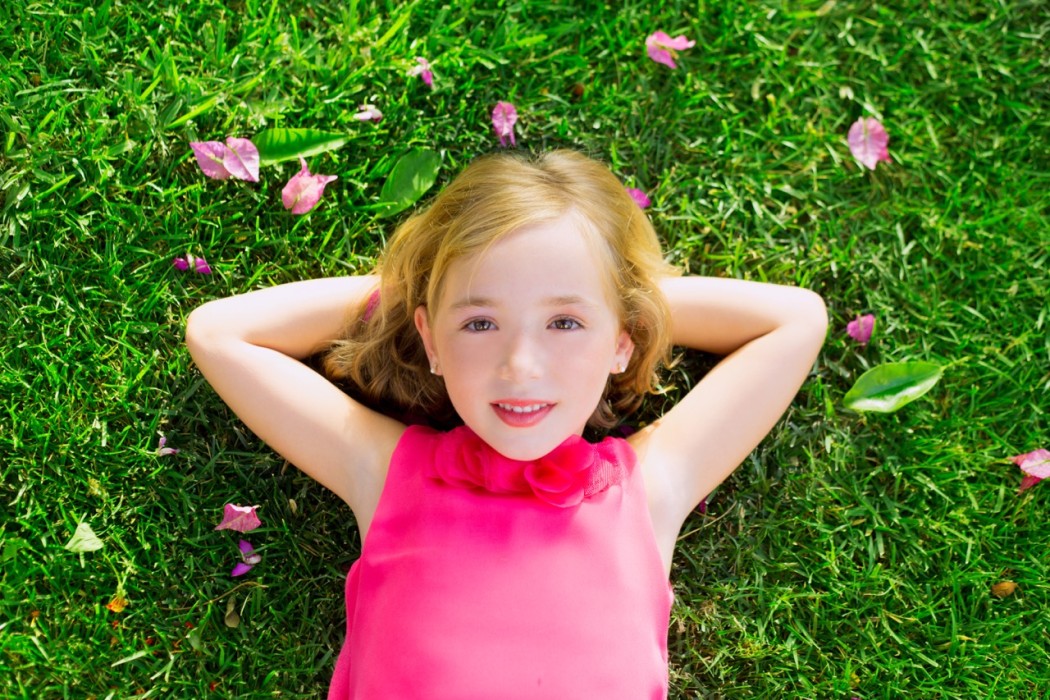
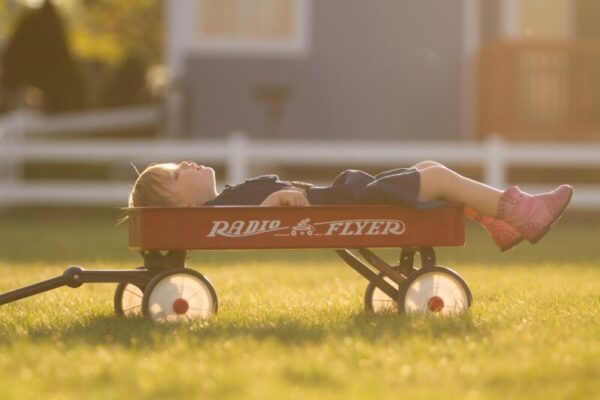
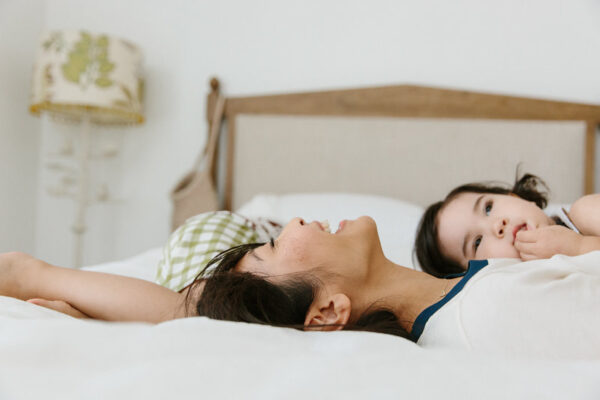
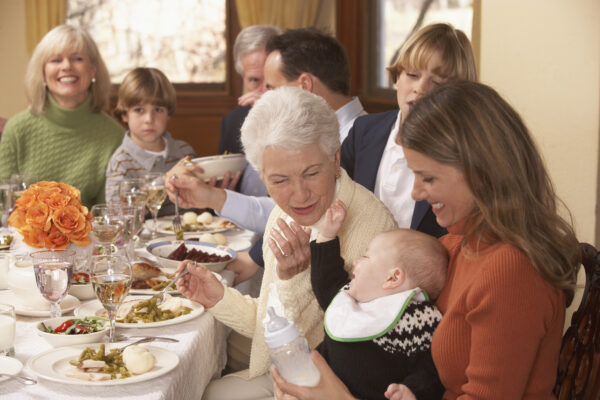
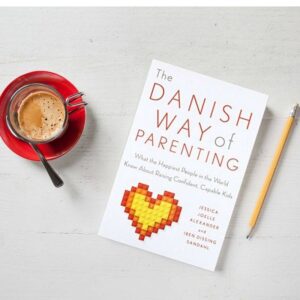
Ashley
Thanks for this and all that you’ve published. Your writing has relaxed me as a parent, I’ve pulled back the reigns and have seen happier kids in our home. While today we’re experiencing cold, wet, rain my children have been playing for 3 hours now together in our basement – they’re alive and happy and being more creative than ever. Thank you!